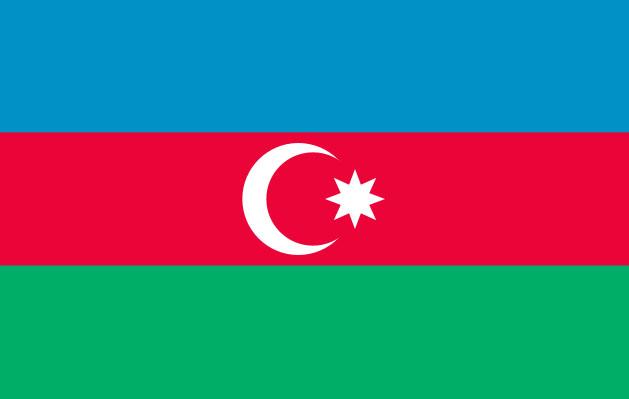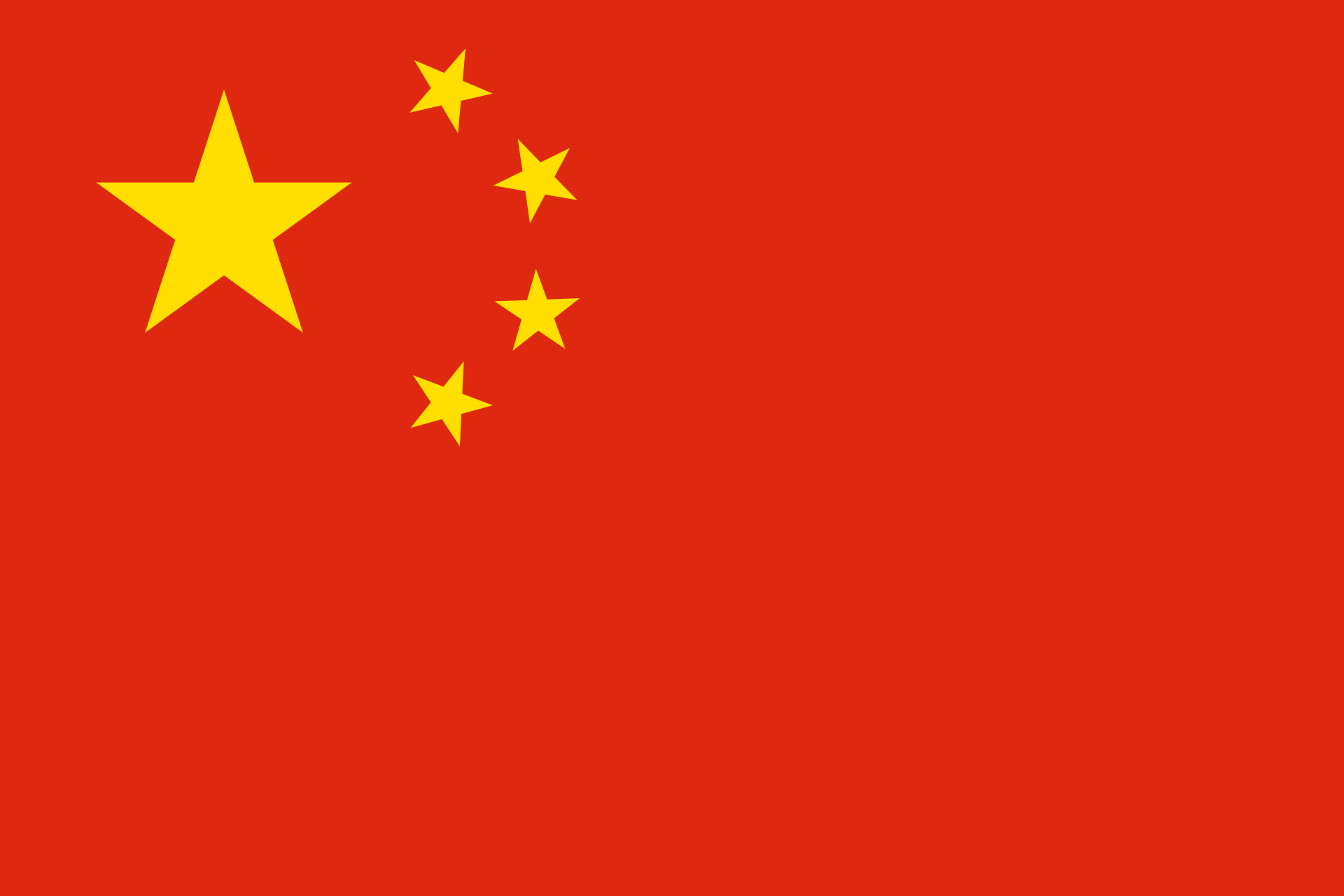Iraq's fame in silk production and the transfer of silk into the world
Iraq has been a celebrated centre of silk production since Assyrian times. The Iraqi cities, Basrah, Kufa, Anbar, Hira, Nu’maniya, Hazza and Mosul, are all famed for their silks. A key reason for this successful status was the number of Yemeni who settled in Iraq, who were famous for their craftsmanship in textiles. Over time other materials were woven with silk, including cotton and wool, to create new fabrics and garments. Iraq also became renowned for its silk embroidery, particularly using gold and silver threads, which caught the attention of Marco Polo. By the 12th century, Iraqi production methods were being copied in Europe but given Arabic-inspired names, including “Al-Attabi” silk (in Spain) and “Tabis” in France and Italy. Today, examples of exquisite Iraqi silks from the 9th century onwards can be found in international museums, including Berlin and Washington.




